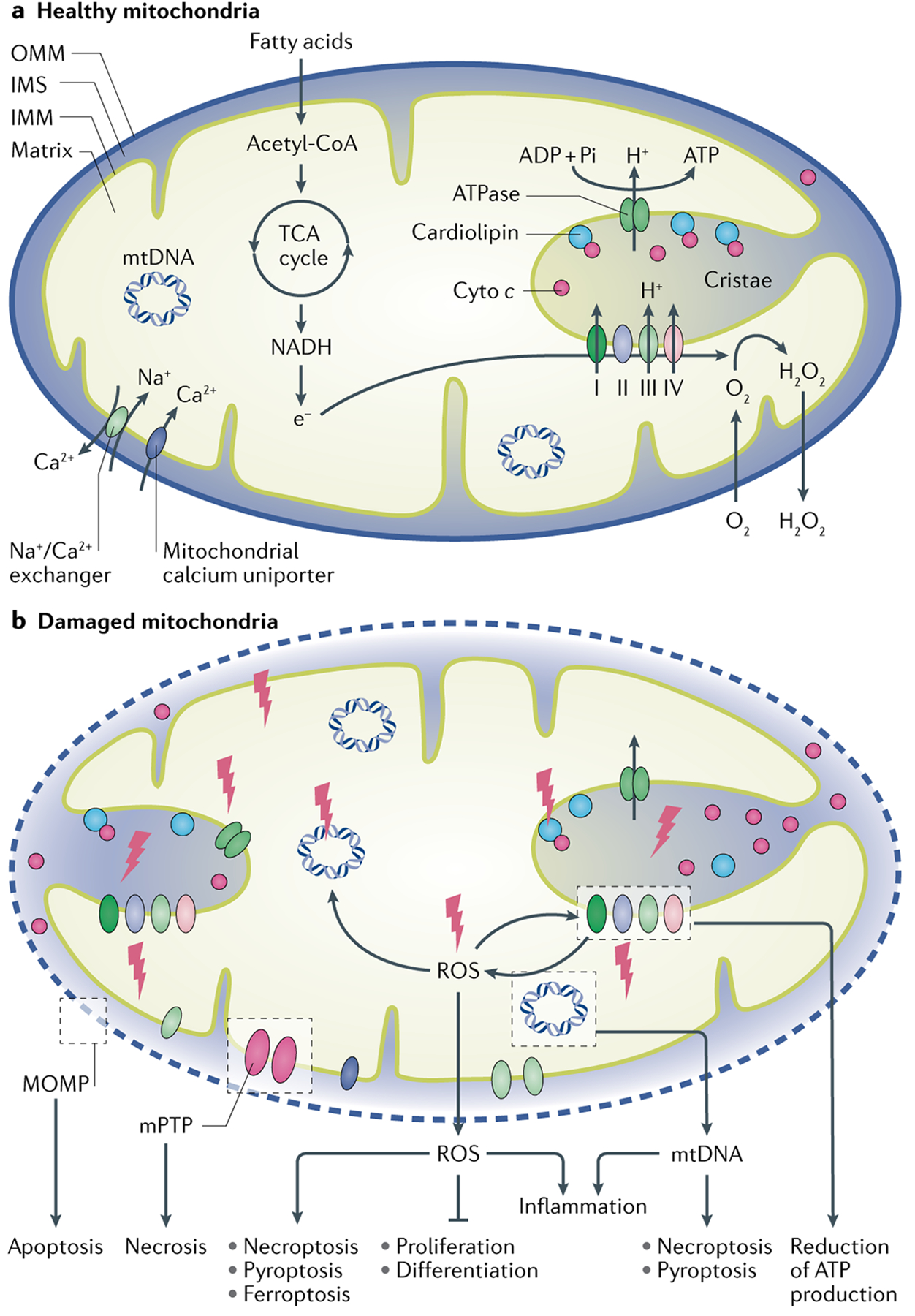Fig. 1 |. Mitochondrial functions and the effects of mitochondrial damage.

a | Mitochondria have a key role in the generation of energy in the form of ATP. The nicotinamide adenine dinucleotides (NADHs) that are formed by fatty acid oxidation and the tricarboxylic acid (TCA) cycle in the matrix of the mitochondria pass their electrons to O2 via the electron transport chain comprising complexes I–IV, resulting in the generation of a proton gradient across the inner mitochondrial membrane (IMM) for ATP production. Cytochrome c (cyto c) exists in its free form in the intermembrane space (IMS) or is anchored to the IMM through interaction with cardiolipin, where it acts as an electron carrier between respiratory complexes III and IV. Mitochondria are a major source of reactive oxygen species (ROS). Electrons that leak from the electron transport chain react with O2 to form a superoxide anion, which is transformed into H2O2 by the enzymatic antioxidant superoxidase. Emission of mitochondrial H2O2 to the cytosol is essential for maintaining redox homeostasis and may also have a role in signalling pathways. Mitochondria also have important roles in maintaining cellular calcium homeostasis. b | In damaged mitochondria, ROS induce cardiolipin peroxidation, which converts cyto c from an electron carrier into a peroxidase that further oxidizes cardiolipin. This process contributes to the development of mitochondrial outer membrane permeabilization (MOMP) and the subsequent release of pro-apoptotic factors such as cyto c from the IMS into the cytosol, resulting in caspase activation and apoptosis. Mitochondrial permeability transition at the IMM drives necrosis. An increase in mitochondrial ROS production by damaged mitochondria may also induce other forms of cell death, including necroptosis, pyroptosis and ferroptosis, as well as inflammation. Release of mitochondrial ROS may impair cell proliferation and/or differentiation through the regulation of various signalling pathways. Mitochondrial DNA (mtDNA) released from damaged mitochondria is a potential activator of necroptosis and ferroptosis and can also induce inflammation. Mitochondrial damage reduces ATP production and can result in the energetic failure of cells. mPTP, mitochondrial permeability transition pore; OMM, outer mitochondrial membrane.
